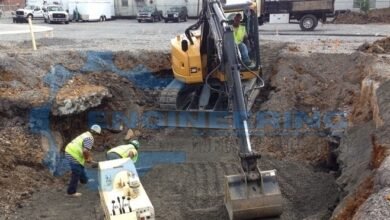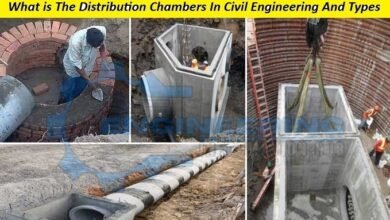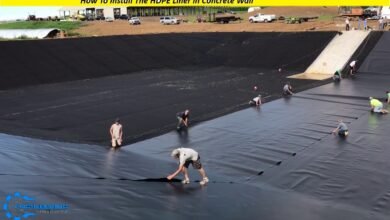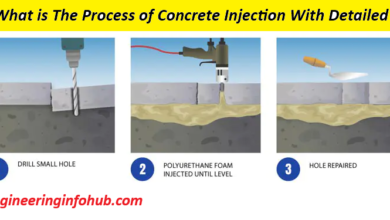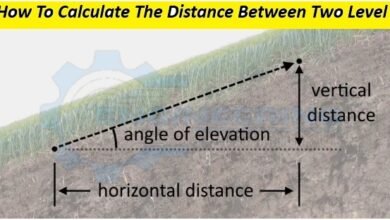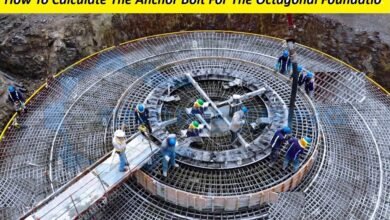ETFE Architectural Membrane Innovation In Sustainable Building Design
Innovation in Sustainable Building Design| ETFE Architectural Membrane Innovation In Sustainable Building Design

ETFE Architectural Membrane Innovation in Sustainable Building Design
In the ever-evolving field of architecture, the pursuit of sustainable and innovative building materials has become a focal point. In recent years, ETFE architectural membrane has emerged as a notable material gaining prominence. ETFE Architectural Membrane And Innovation in Sustainable Building Design
ETFE Architectural Membrane
In the ever-evolving field of architecture, the pursuit of sustainable and innovative building materials has become a focal point. In recent years, ETFE architectural membrane has emerged as a notable material gaining prominence. This transparent and lightweight polymer has revolutionized the way architects approach design, offering a myriad of benefits that extend beyond traditional building materials.
-
What Are The Refractories, History, Use, Materials, And Types Of The Refractories
-
What Is The Principles of Design of Seismic Resistant Buildings
-
Transparency and Light Transmission
One of the most striking features of the ETFE architectural membrane is its exceptional transparency. This distinctive feature enables the infiltration of natural light into the building, resulting in a well-lit and welcoming interior space. Unlike traditional construction materials, ETFE permits a greater percentage of visible light to pass through, minimizing the reliance on artificial lighting during daylight hours. This not only enhances the occupant experience but also contributes to energy efficiency, a crucial aspect of sustainable building design.
Lightweight and Flexible
ETFE stands out as an exceptionally lightweight engineering plastic material, making it a preferred option for architectural purposes. Its low density and high strength-to-weight ratio allow architects to create expansive, open structures without the need for heavy support systems. This characteristic not only reduces the overall weight of the building but also enables the construction of large-span structures that were previously challenging with traditional materials. The flexibility of ETFE allows architects to experiment with unconventional shapes and forms, fostering creativity and innovation in design.
Energy Efficiency and Insulation
The architectural membranes crafted from ETFE are renowned for their superb insulation characteristics. Functioning as a thermal buffer, ETFE effectively insulates against heat loss in colder climates and heat absorption in warmer areas. This insulation quality significantly enhances the overall energy efficiency of a structure, minimizing the reliance on excessive heating or cooling systems. As a result, buildings constructed with ETFE membranes can achieve higher levels of sustainability by minimizing energy consumption and lowering carbon footprints.
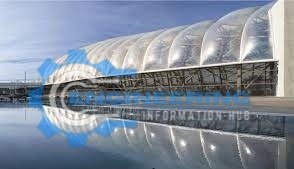
Durability and Low Maintenance
TETFE proves to be highly resilient, and capable of enduring challenging weather conditions, UV radiation, and exposure to chemicals. This durability translates into a longer lifespan for structures using ETFE architectural membranes, reducing the frequency of repairs and replacements. Additionally, ETFE surfaces are self-cleaning to some extent, as rainwater can wash away dirt and debris, minimizing the need for regular maintenance. This durability, coupled with its low-maintenance attributes, renders ETFE an appealing choice for architects and building owners seeking sustainable, long-term solutions.
Versatility in Design
Architects value ETFE for its versatility in design possibilities. The material can be manipulated into various shapes and forms, allowing architects to create visually stunning and iconic structures. Whether used in the construction of atriums, domes, or facades, ETFE membranes offer a flexible canvas for architectural expression. This adaptability extends to the incorporation of printed patterns or colors, providing endless aesthetic possibilities for designers.
Its transparency, lightweight nature, energy efficiency, durability, and design versatility make it a compelling choice for architects seeking innovative solutions. As the demand for environmentally conscious architecture continues to grow, ETFE stands at the forefront, bridging the gap between form and function in the pursuit of a more sustainable built environment.
-
What Is Culvert | Different Shapes of Culverts And Types of Culverts With Full Detail
-
How To Calculate The Estimate of Building Construction
Thanks For Reading The Article Get More Information And Share it With Others
JOIN US & LIKE MY OFFICIAL FACEBOOK PAGE


